PPT-Character Design and Stamp Algorithms for Character Project
Author : min-jolicoeur | Published Date : 2017-12-29
P Du W Zhao SH Weng CK Cheng and R Graham UC San Diego ckchengucsdedu 1 Outline Introduction Problem Formulation Character Design for Wire Layouts Character Design
Presentation Embed Code
Download Presentation
Download Presentation The PPT/PDF document "Character Design and Stamp Algorithms fo..." is the property of its rightful owner. Permission is granted to download and print the materials on this website for personal, non-commercial use only, and to display it on your personal computer provided you do not modify the materials and that you retain all copyright notices contained in the materials. By downloading content from our website, you accept the terms of this agreement.
Character Design and Stamp Algorithms for Character Project: Transcript
Download Rules Of Document
"Character Design and Stamp Algorithms for Character Project"The content belongs to its owner. You may download and print it for personal use, without modification, and keep all copyright notices. By downloading, you agree to these terms.
Related Documents

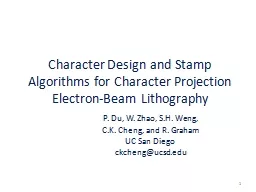
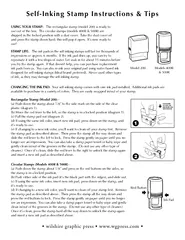

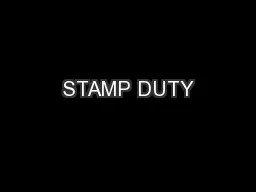
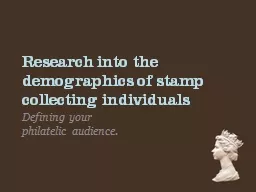

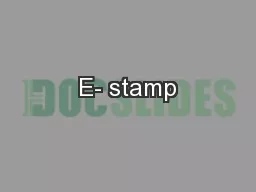
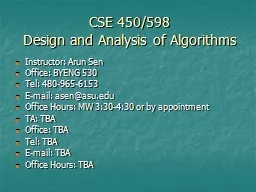
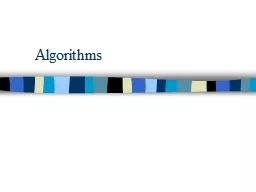
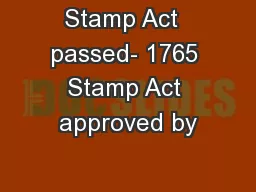

![[READING BOOK]-Algorithms JavaScript Explains Algorithms with Beautiful Pictures Learn](https://thumbs.docslides.com/970728/reading-book-algorithms-javascript-explains-algorithms-with-beautiful-pictures-learn-it-easy-better-and-well-easy-learning-java-and-design-patterns-and-data-structures-and-algorithms-book-9.jpg)
![[eBOOK]-Easy Learning Data Structures Algorithms ES6+Javascript: Classic data structures](https://thumbs.docslides.com/975195/ebook-easy-learning-data-structures-algorithms-es6-javascript-classic-data-structures-and-algorithms-in-es6-javascript-easy-learning-javascript-and-design-and-data-structures-and-algorithms-book-3.jpg)
